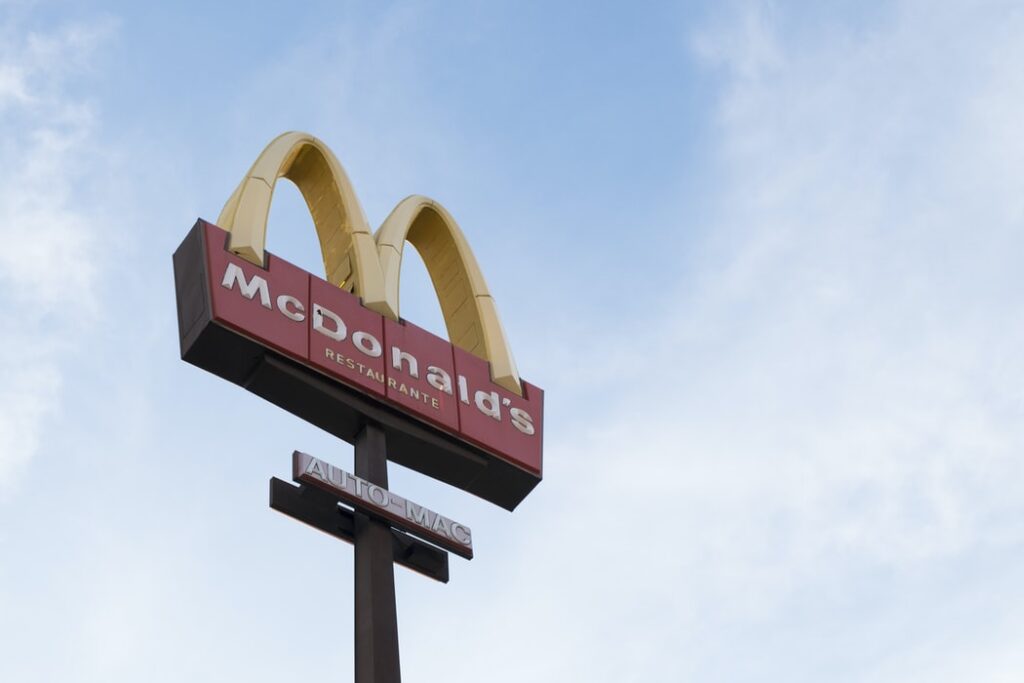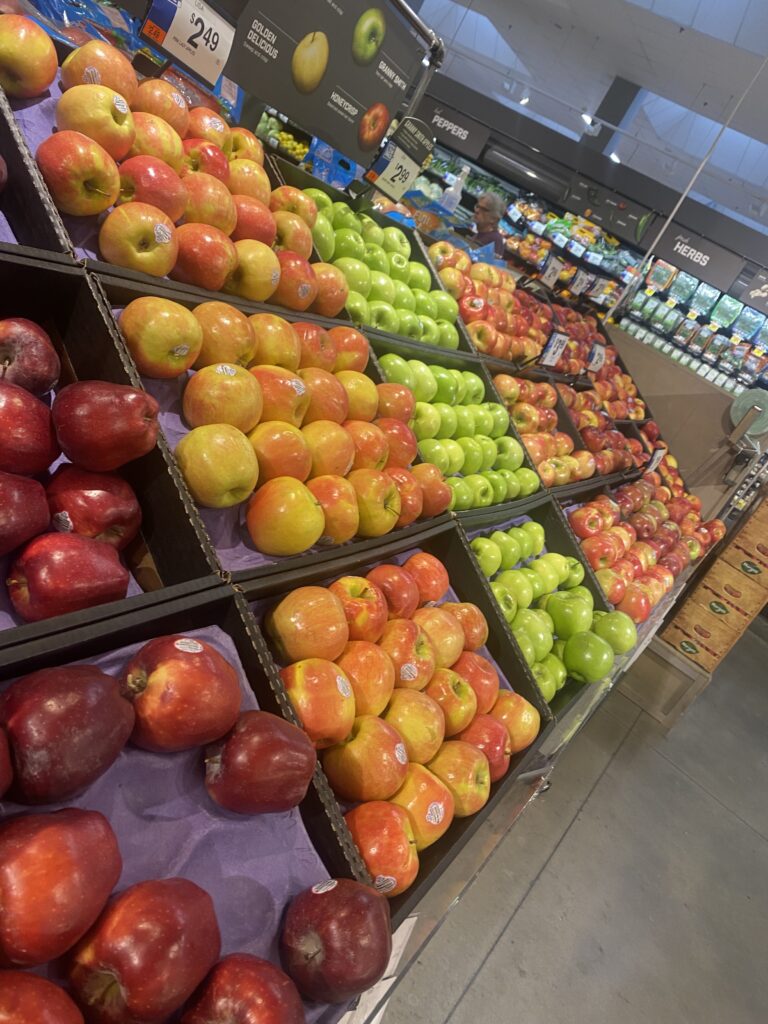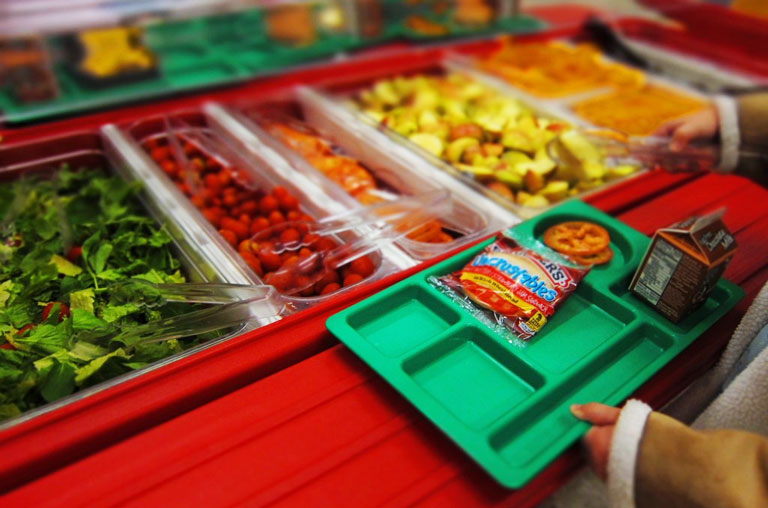By George Washington University
ISCOPES’ Healthcare for the Homeless Group
If you restrict yourself to 2000 calories a day with cookies, you can manage on $2. If you stuck to fruits, that would cost you about $8-$10 a day, for the same 2000 calories. This simplified analogy is the socioeconomic reality of the growing pandemic of obesity in America.
In Eric Schlosser’s novel, “Fast Food Nation,” he tells the story of America and the world’s obsession with fast food, from its origins in 1950s California to the global conquest of a handful of burger and pizza chains. Schlosser’s findings are rather shocking, and they demonstrate how the fast food industry with its “great taste and overfilling portions” is transforming not only our diet, but our way of life.
The problem is that adults and children alike are overfed and undernourished. As a population, we are eating larger and larger portions and the nutritional quality of our foods is very poor. For example, we consume nearly 40% of our calories from fats and sugars.
Yet the question remains, are super-sized fast food meals to blame for the problem? Despite conflicting evidence, there has been a 500% increase in fast food consumption during the past three decades. This increase coincides with the increasing obesity trends.
Schlosser’s picture of America as a nation where fast food chains have solely taken over people’s diets seems to be playing out at an accelerated rate in the District of Columbia, where these chains are also serving as grocery stores for low-income individuals.
Residents of D.C., living east of the Anacostia River in Ward 8, are finding that some of the basic necessities, such as fresh fruit and vegetable, are hard to come by. There are a few Safeway’s, some CVS Pharmacy stores, and various corner stores. However, there are no Trader Joe’s, no Wholefood and no Giant. The dearth of these stores in Southeast is sharply contrasted by their profusion in the more affluent Northwest locations.
This lack of access to supermarkets in low-income communities has been documented by the Prevention Institute for the Center for Health Improvement (CHI). A study conducted by CHI in eastern Pennsylvania showed that the average full-serviced supermarket offered: “19 kinds of fruit, 29 kinds of vegetables, and 18 kinds of meat, while the average small store only carried 6 kinds of fruit, 5 kinds of vegetables, and 2 kinds of meat.” The study also demonstrated that produce at the smaller stores where often of lower quality.
The lack of choice in location to buy food is clearly becoming a public health concern, especially with the country in the midst of an obesity epidemic. Fewer supermarkets in urban, low-income communities mean less access to healthy foods. Limited supermarket access makes it harder for people to meet their dietary needs and may therefore contribute to escalating rates of chronic disease in low-income communities. Diseases such as cancer, cardiovascular disease, diabetes, and obesity are linked to poor nutrition, and low-income populations experiences a disparate burden of these chronic diseases.
Fortunately, some are working to correct this situation. The efforts made by Rochester, New York have been lauded as a model for other urban areas where lower-income neighborhoods lack access to basic (and affordable) resources. When supermarkets in the city began to close and move preferentially to the suburbs, Mayor William Johnson and Partners Through Food (a local non-profit group) collaborated to bring them back. After many rounds of negotiations with various retailers, they were able to encourage the grocery store chain Tops to build stores in the city by creating a private/public partnership. The city contributed funds in order to offset the costs of building in the area, and the chain agreed to help implement area improvements in the neighborhoods where they built their stores. Hopefully, in the near future, this type of response will become the norm, as opposed to the exception.
Until then, there are some steps we can take today to begin to make a change for the better. We must initiate dialogue with our local government officials to make access to affordable food for all residents a reality. We should demand grocery stores for the disenfranchised areas of D.C. Also, there are farmers markets throughout D.C, that we can support, and we should encourage each other to grow our own gardens, or possibly start community gardens as well.
Food is supposed to sustain life, not depreciate it. With so many low-income and homeless families suffering from chronic diseases related to poor eating habits, something must be done to prevent further problems. There is no magic bullet solution, but if knowledge is power, we must increase our efforts to educate ourselves about food and nutrition and make striking changes in our daily lifestyles. Changing eating habits is difficult, but the current health status demands it to be adapted.
ISCOPES is a student group that provides interdisciplinary service-learning activities benefiting the community and the students. The mission is to provide students with a community health experience while helping to address real community needs.








